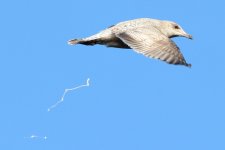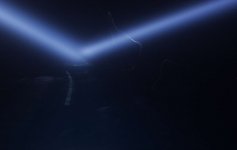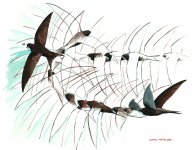John Cantelo
Well-known member
The "Flight Identification of European Passerines and Select Landbirds" by Tomasz Cofta & Michał Skakuj
(Nov 2020 456 pages, 2000 colour photos, 1850 colour illustrations Publisher: WILDGuides) looks interesting as it promises detailed coverage of 206 passerines and 32 near-passerine landbirds. Perhaps the most interesting thing about the book is that it's illustrated using digital imagery examples of which, perhaps including some artwork from this book, can be seen at https://www.coroflot.com/TCofta/portfolio.
(Nov 2020 456 pages, 2000 colour photos, 1850 colour illustrations Publisher: WILDGuides) looks interesting as it promises detailed coverage of 206 passerines and 32 near-passerine landbirds. Perhaps the most interesting thing about the book is that it's illustrated using digital imagery examples of which, perhaps including some artwork from this book, can be seen at https://www.coroflot.com/TCofta/portfolio.
Last edited:











